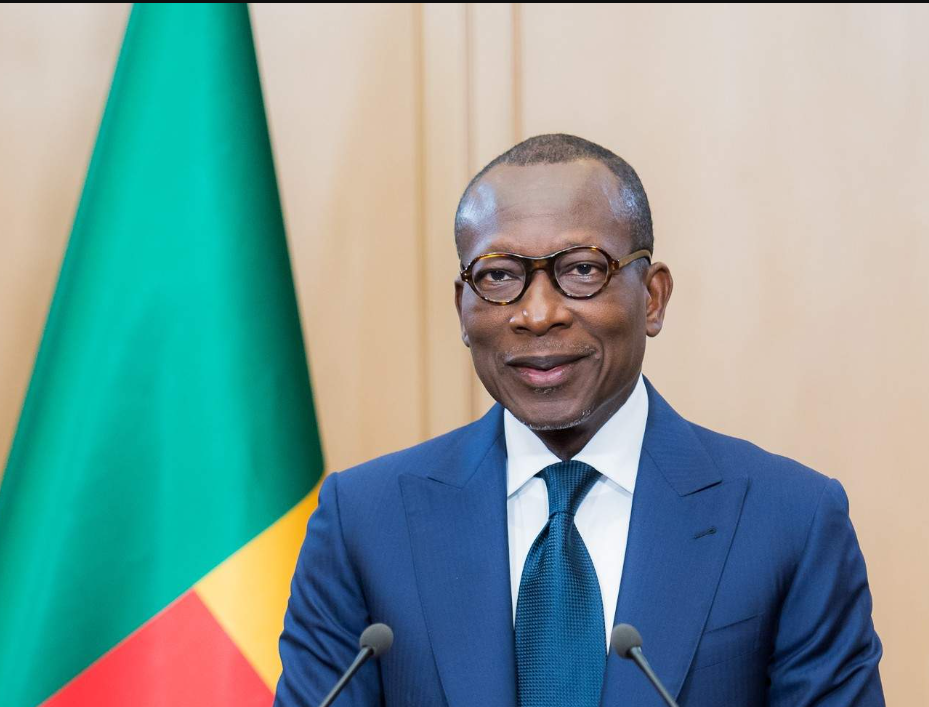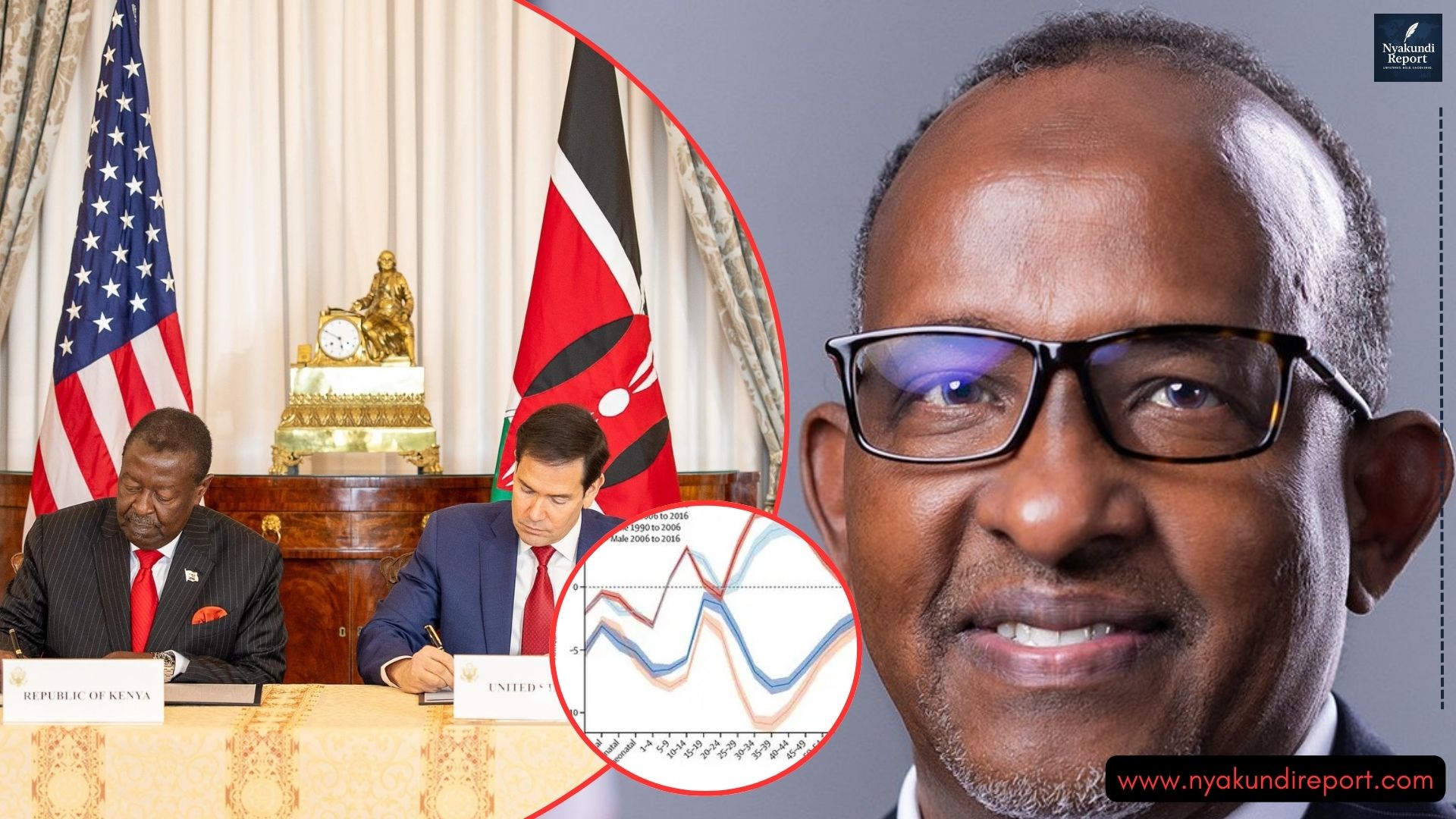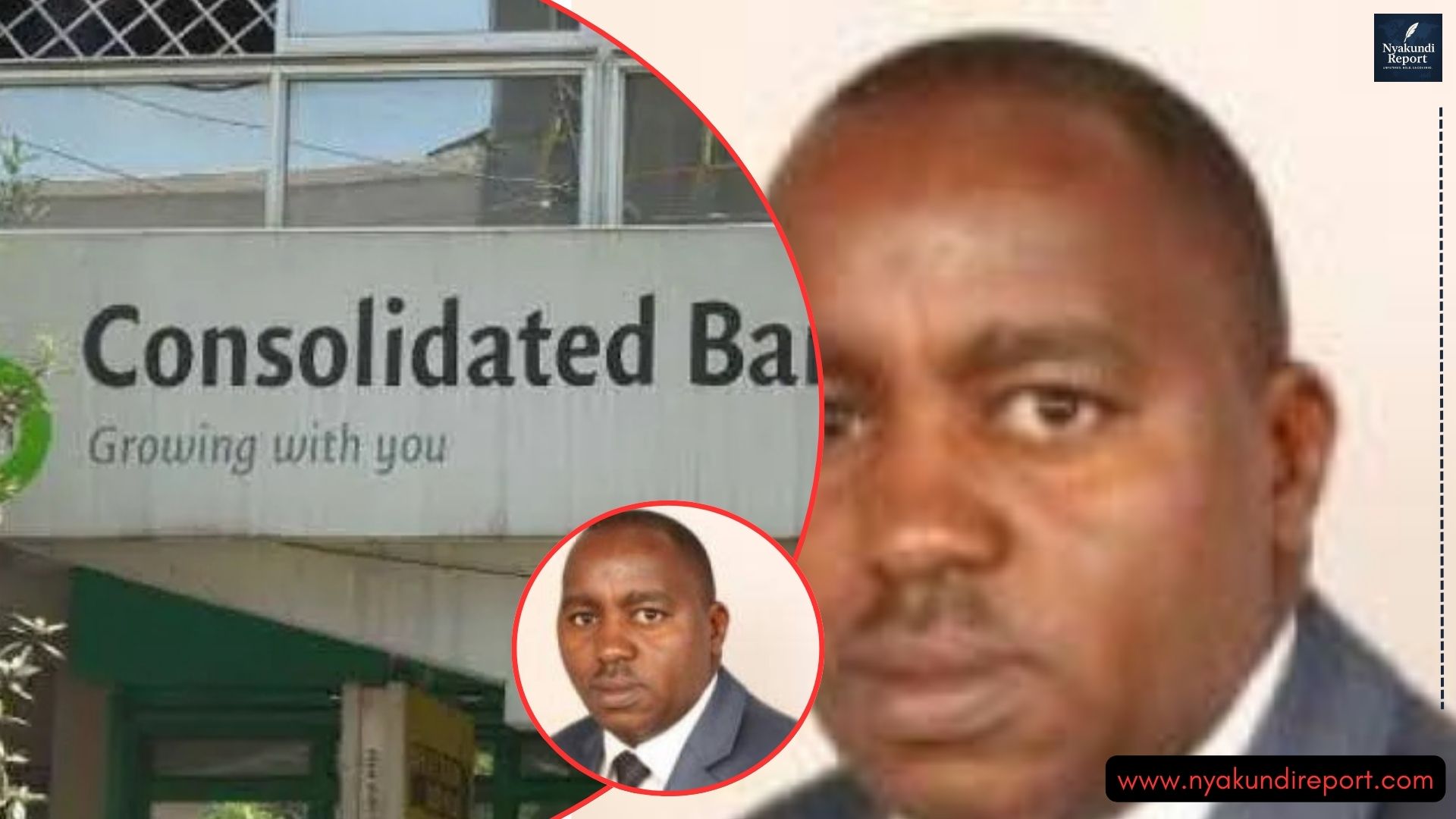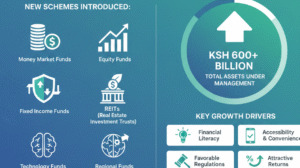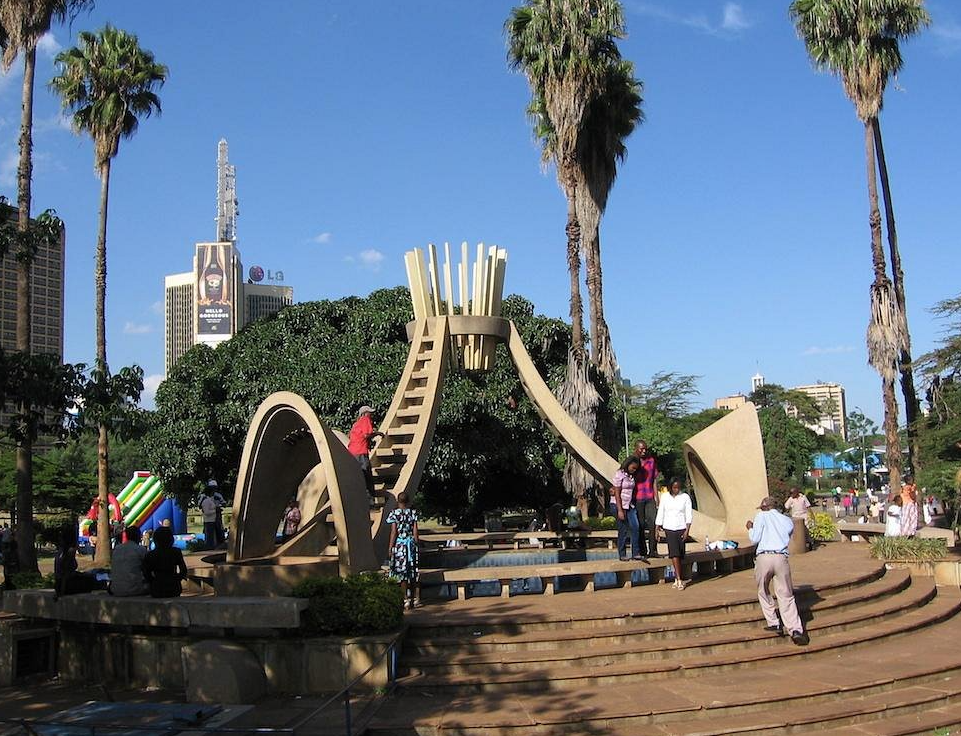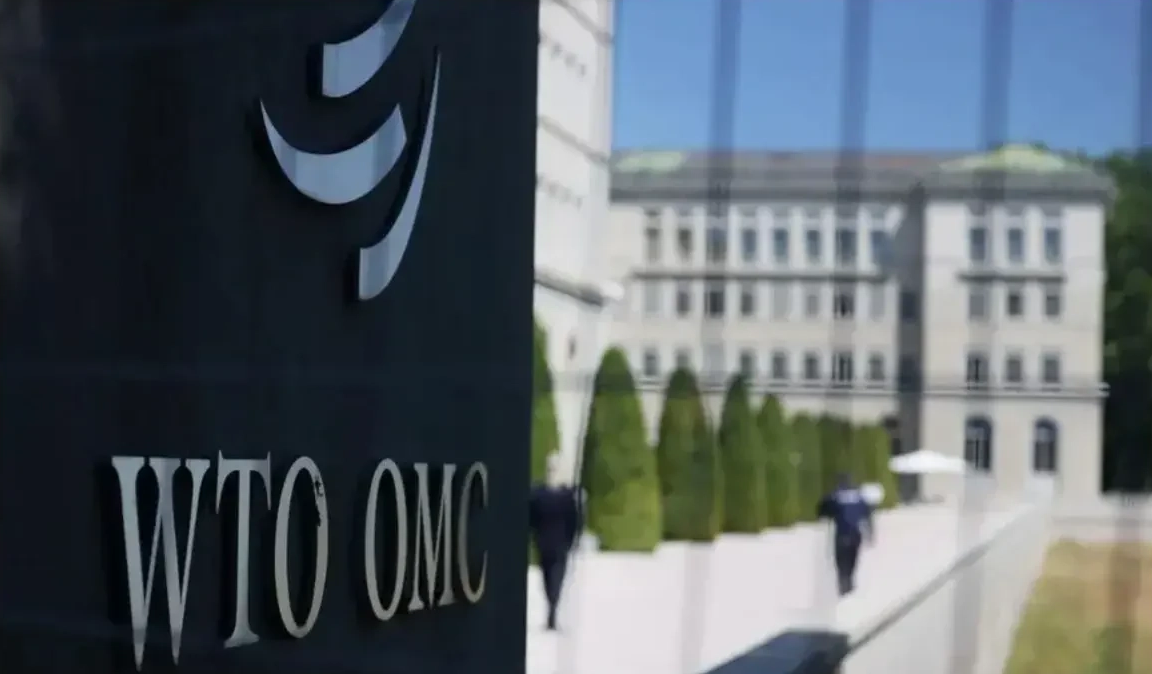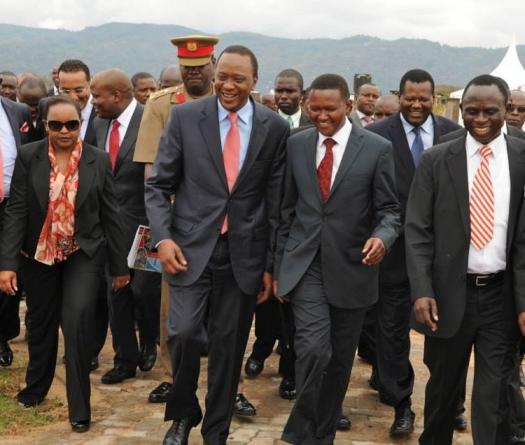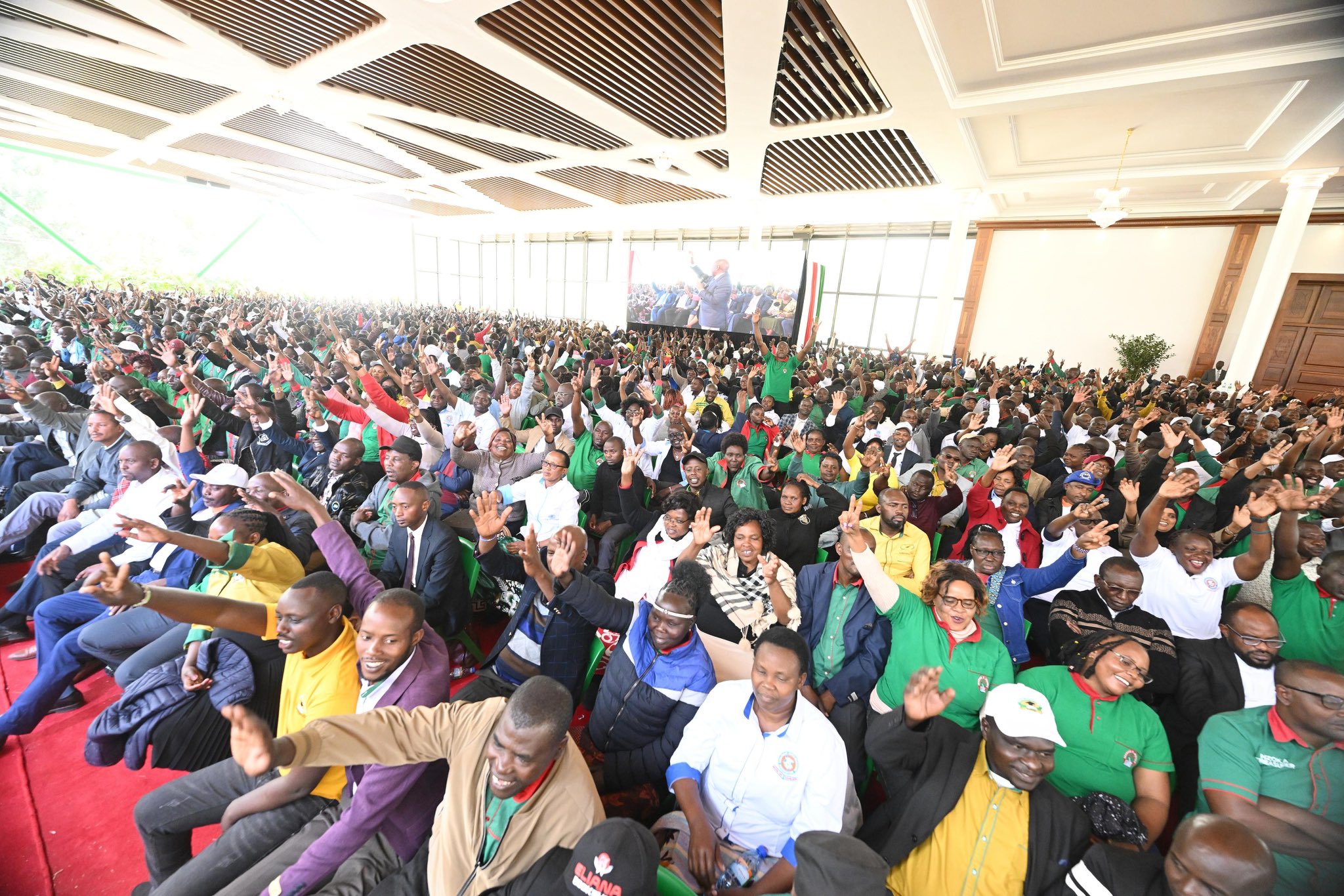CA media coverage bans
Nairobi, Kenya – In a move that has ignited widespread condemnation from media organizations, civil society groups, and legal experts.
The Communications Authority of Kenya (CA) on Wednesday, June 25, 2025, issued a directive ordering all television and radio stations to cease live coverage of the ongoing nationwide protests immediately.
The protests, primarily led by youth, mark the first anniversary of the deadly anti-Finance Bill demonstrations in 2024.
The directive, signed by CA Director General David Mugonyi, cited alleged violations of Articles 33(2) and 34(1) of the Constitution of Kenya and Section 46I of the Kenya Information and Communications Act, 1998.
The CA warned that non-compliance would result in severe regulatory action.
Including potential suspension or revocation of broadcasting licenses and the disabling of transmission signals.
Indeed, reports soon emerged of the CA conducting raids on transmission stations and shutting down free-to-air signals for some media houses.
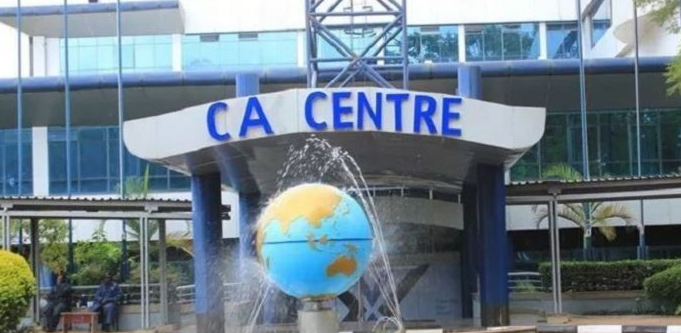
The Context: A Day of Protest and Remembrance
The June 25th protests were organized to commemorate the lives lost and injuries sustained during the 2024 anti-Finance Bill demonstrations.
This saw thousands take to the streets and culminated in the storming of Parliament.
Today, youth across major cities like Nairobi, Mombasa, Kisii, Eldoret, Nakuru, and Nyeri, poured into the streets, calling for justice and police accountability.
Scenes of police firing tear gas and engaging protesters in running battles were widely captured and shared before the CA’s directive.
Arguments for the Ban: Incitement and Public Order?
The CA’s rationale for the ban, as articulated by Director General Mugonyi, suggests that unfiltered, real-time coverage of the protests could “fuel unrest or amplify unlawful behaviour.”
By invoking constitutional articles that prohibit incitement to violence, hate speech, or advocacy of hatred.
But the CA appears to be framing live broadcasts as a potential threat to public order and security.
This perspective suggests a belief that direct, real-time reporting might contribute to escalating tensions rather than simply informing the public.
Widespread Condemnation: A Threat to Media Freedom and Public Information
The CA’s directive has been met with fierce opposition, with critics arguing it constitutes a blatant assault on press freedom and the public’s constitutional right to information.
Unconstitutional and Contemptuous:
The Law Society of Kenya (LSK), along with over 20 civil society organizations, swiftly denounced the directive as unconstitutional.
They highlighted a November 2024 High Court ruling that found the CA’s previous interference with media programming to be unconstitutional, null, and void.
They assert that live coverage, even of protests involving unrest, does not inherently amount to incitement or hate speech.
Promoting Transparency and Accountability:
Opponents argue that live broadcasts play a crucial role in a democratic society by providing citizens with real-time information.
This transparency, they contend, is vital in preventing the spread of misinformation and rumors.
But importantly, acts as a watchdog by documenting the actions of both demonstrators and law enforcement, thus fostering accountability and deterring excessive force.
Impact on Emergency Response:
Concerns were also raised about the immediate impact of the ban on emergency medical response.
Groups like the Kenya Medical Association and the Police Reforms Working Group warned that the information blackout was hindering access to emergency healthcare for the injured, protesters, bystanders, and police alike.
Defiance and Legal Action:
Many media houses initially defied the directive, with major outlets like KTN, Citizen TV, and NTV continuing their live coverage.
The LSK and its allies issued a 4:00 PM ultimatum for the CA to reverse the directive, threatening legal action against both the institution and its CEO if it failed to comply.
They urged media houses to resist the “unlawful directive” and continue reporting truthfully, reminding broadcasters of their constitutional duty to inform the public.
A Precedent or an Isolated Incident?
This is not the first time the Communications Authority has issued such warnings to broadcasters.
A similar directive was issued during the 2024 anti-Finance Bill protests.
This pattern raises concerns about a recurring attempt by the government to control narratives during periods of public unrest.
Looking Ahead: The Battle for Information
As the protests continue and the legal battle unfolds, the directive by the Communications Authority marks a significant moment in the ongoing struggle for press freedom and the right to information in Kenya.
The defiance shown by some media houses, coupled with the strong condemnation from legal and civil society groups.
This underscores the deep divisions over the interpretation of media’s role during critical public events.
The outcome of this standoff will have profound implications for the future of democratic space and accountability in Kenya.
ALSO READ: DCI Nabs 17-Year-Old in Tragic Murder of Three-Year-Old Near Church




